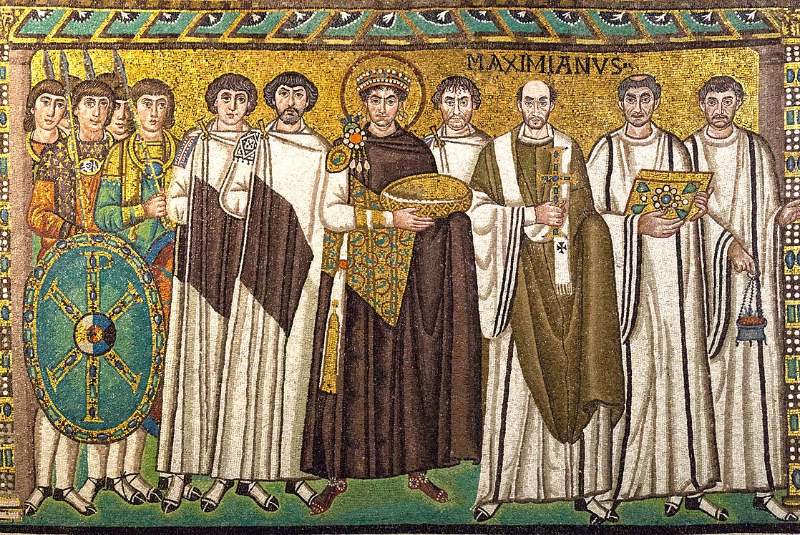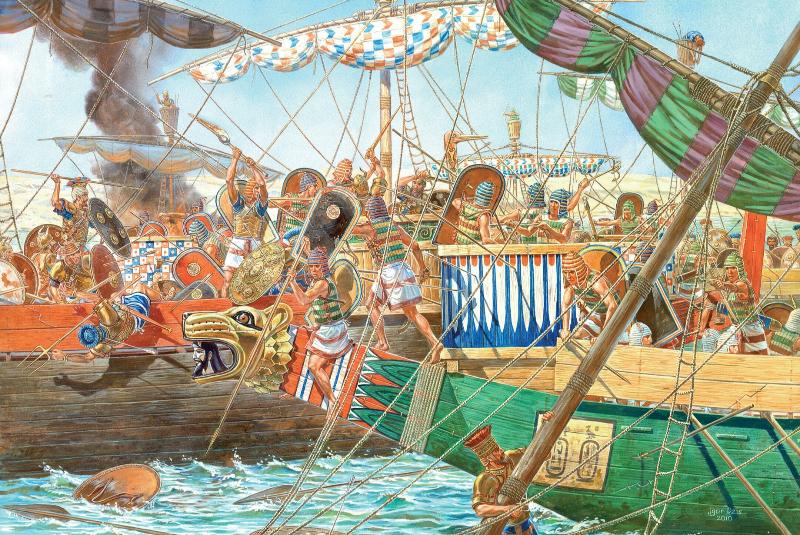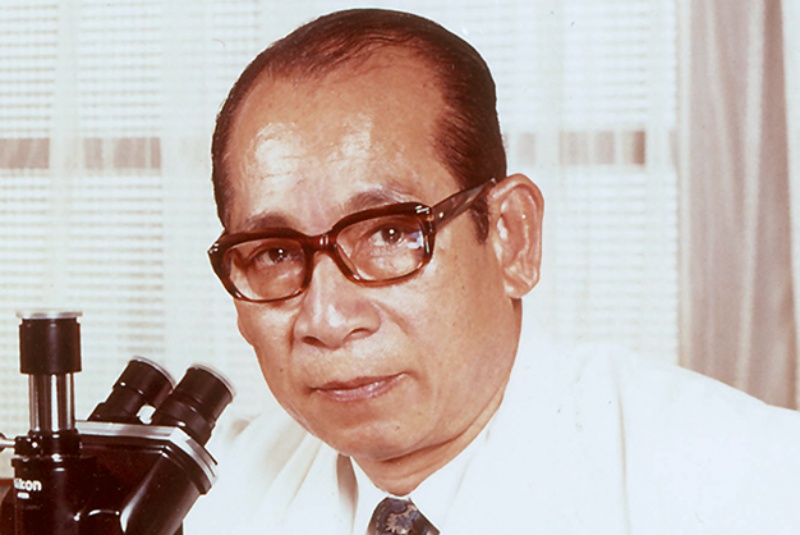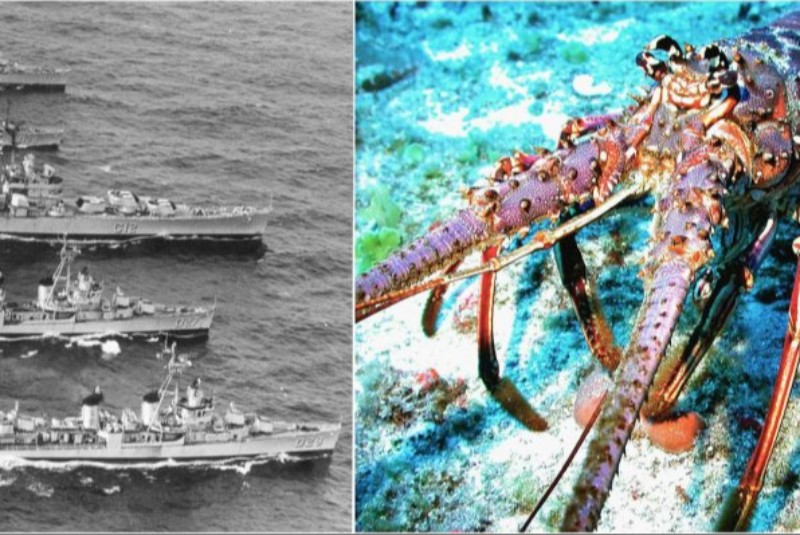Richard "Dick" Norris Williams II's story is not just one of survival, but also one of remarkable resilience and triumph over extreme adversity. Born on January 29, 1891, in Geneva, Switzerland, to wealthy American parents, Williams was destined for a life of privilege and opportunity. This background laid the foundation for a tale that would intertwine the catastrophic sinking of the RMS Titanic with an illustrious tennis career, making Williams a figure of historical and athletic interest.
The early hours of April 15, 1912, marked one of the most infamous maritime disasters in history as the "unsinkable" RMS Titanic collided with an iceberg in the North Atlantic. Among the first-class passengers were Williams and his father, Charles Duane Williams, both keen tennis players traveling to compete in America. The sinking ship set the stage for an enduring legacy of courage and determination in the face of seemingly insurmountable odds.
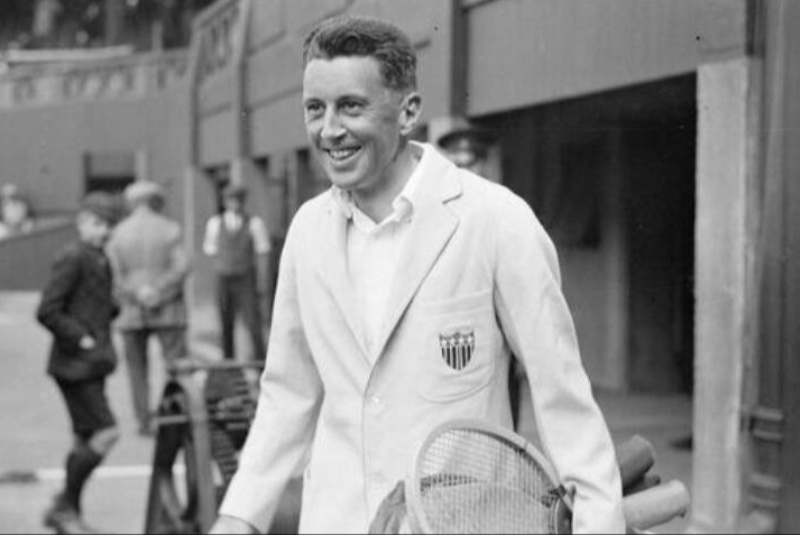
The Titanic Disaster
When the Titanic struck the iceberg, the impact was catastrophic, but the unfolding tragedy was initially met with disbelief by many aboard. The Williams, dressed in evening attire, decided to make their way to the gymnasium to keep warm—a decision that undoubtedly played a part in Dick's survival.
As the situation deteriorated and the ship began to list, chaos ensued. The elder Williams met a tragic end, an event that would forever haunt Dick. Meanwhile, Dick himself was swept off the deck. In a twist of fate, the young tennis enthusiast was plunged into the icy waters, which would claim the lives of more than 1,500 souls that night.
The Freezing Atlantic
Submerged in freezing waters that claimed lives within minutes, Williams' athletic constitution and will to live steered his fate toward the miraculous. For hours, he clung to life, partially submerged in the ocean's deathly grasp. The frostbite set in quickly, threatening to claim his legs and, with them, his future in tennis.
When rescued by Lifeboat 14, Williams was in a dire state. The cold had ravaged his lower extremities, leaving him with severe frostbite. Upon his arrival on the RMS Carpathia, the vessel that came to the Titanic's survivors' aid, the ship's doctor made a grim diagnosis: immediate amputation was necessary.
A Defiant Survivor
But Williams, even in the weakest moment of his life, showed the tenacity that would define his legacy. He had an indomitable spirit, a love for tennis, and a fervent desire to continue the active life he had always known. His refusal to consent to amputation was not mere stubbornness—it was an athlete's acute awareness of his body and its capabilities.
In the days that followed, Williams demonstrated extraordinary courage and an almost superhuman tolerance for pain. He embarked on a self-imposed regimen to restore circulation to his imperiled limbs. He walked the decks of the Carpathia, pushing through agony, determined to will his body back to health.
The Road to Recovery and Glory
His efforts bore fruit, and over the next year, Williams' condition improved remarkably. The young man who had faced potential amputation not only walked again but also returned to the tennis court with a vengeance. He entered Harvard University in the fall of 1912 and quickly became a key member of their storied tennis team.
By 1913, Williams' name was synonymous with resilience. He claimed the intercollegiate tennis singles championship, an astounding feat considering the ordeal he had been through just a year prior. But he didn't stop there. In 1914 and 1915, Williams soared to even greater heights, winning the U.S. Championships—precursor to the U.S. Open.
An Athletic Prodigy
Williams' victories on the tennis court were a testament to his indomitable will. He played with a distinctive style, characterized by aggressive strokes and a remarkable ability to cover the court. His play was not just a display of physical talent but also a psychological battle, as he overcame the trauma of the Titanic and the physical repercussions of his time in the water.
His tennis career continued to flourish beyond those two championship titles. Alongside his doubles partner, Chuck Garland, Williams claimed the U.S. Championships doubles title in 1914, 1915, and 1920. In 1924, he went on to win a gold medal in the mixed doubles and a silver in the men's doubles at the Paris Olympics.
Legacy and Later Years
Williams' legacy is multifaceted. His survival story is one of courage in the face of disaster, a testament to the human spirit's strength. His athletic achievements speak to his relentless pursuit of excellence and his refusal to allow circumstances to dictate his fate.
Williams continued to be a prominent figure in tennis, serving as the president of the U.S. Lawn Tennis Association and being inducted into the International Tennis Hall of Fame. His life after the Titanic was one of achievement and service to the sport he so loved.
The Psychological Impact
The trauma of the Titanic disaster was profound and far-reaching. For survivors like Williams, the psychological scars often matched the physical. The shock of losing his father, the cold terror of the Atlantic's icy grasp, and the burden of survival were immense. Yet, Williams' subsequent actions suggest a psychological fortitude that was nothing short of remarkable. His choice to reject amputation and to focus on recovery and the future was not just a physical challenge but a mental one. He had to overcome the pervasive grief and trauma that such an experience would naturally engender.
Richard "Dick" Norris Williams II stands as a monumental figure, embodying the very essence of resilience and tenacity. His life journey from the depths of the Atlantic to the pinnacle of athletic achievement is a narrative rich with lessons on the power of the human spirit. His refusal to accept limitations, his determination to overcome them, and his success on such a grand scale make his story not just one of survival but of extraordinary triumph. As his legacy endures, it continues to inspire and motivate, reminding us of what is possible when the indomitable human spirit is unleashed.
With these further insights, we can appreciate even more the multifaceted life of Richard Norris Williams II and the incredible legacy of a man who refused to be defined by disaster, choosing instead to carve his path of victory against the most overwhelming odds.

